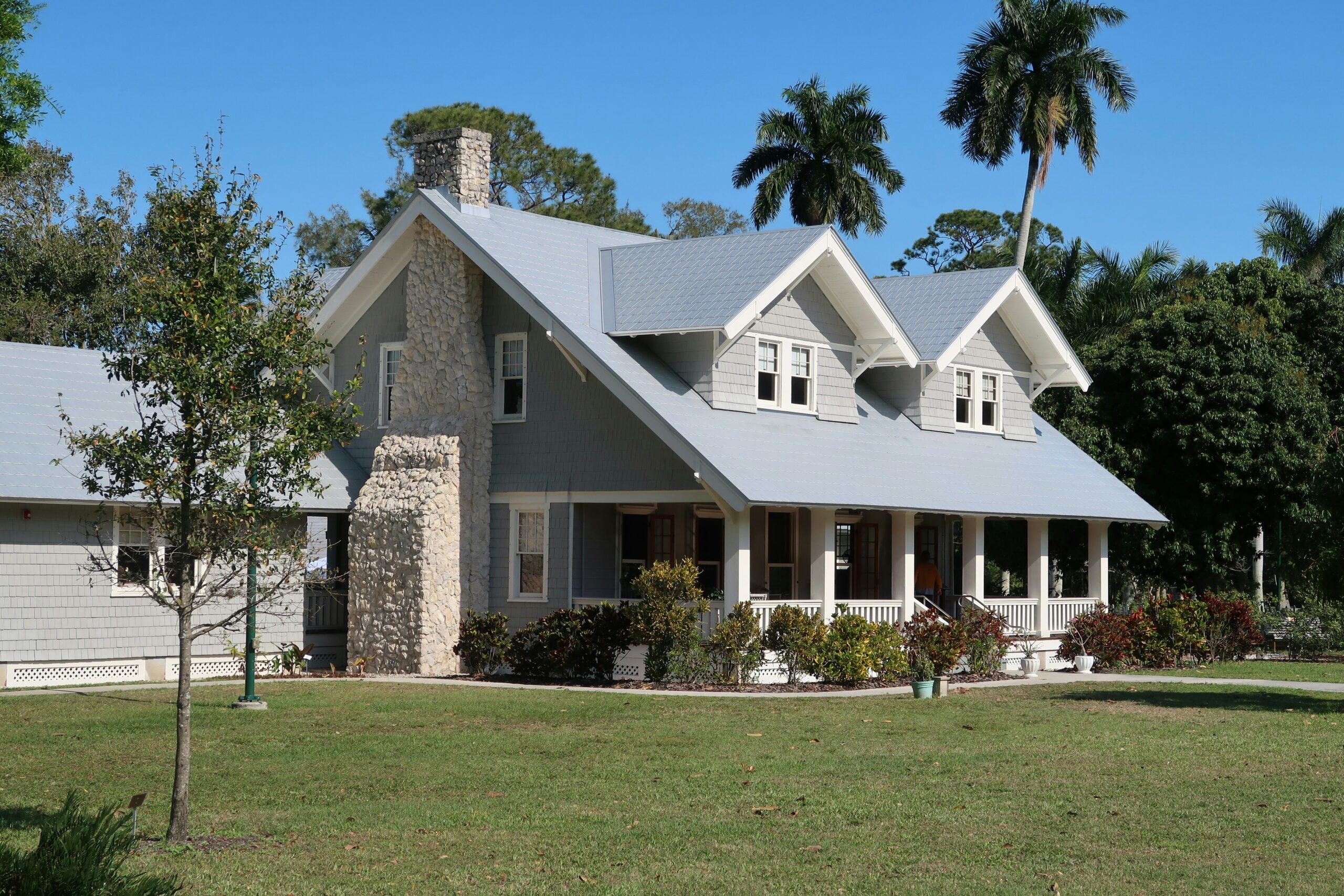When planning a new construction or major renovation, choosing between a flat or sloped roof is a crucial decision. Each option has its own advantages and disadvantages, so let’s explore the key differences to help you make the right choice.

Advantages of a sloped roof
Sloped roofs offer a traditional and classic appearance, with a design that naturally channels rainwater and snow, reducing the risk of water damage. This makes them durable and easier to maintain over time. Additionally, sloped roofs provide extra attic or storage space, which can be converted into a living area.
However, these roofs are generally more expensive to install due to the complex framing and higher material costs. They are also more exposed to wind damage and require more safety precautions during repairs.
Advantages of a flat roof
Flat roofs give homes a sleek, modern look and allow for practical use of the rooftop, such as a terrace or garden. This can be especially beneficial for homes with smaller yards. Flat roofs also tend to be more affordable to install, and their smaller surface area makes maintenance easier.
That said, flat roofs have less effective water drainage, which can lead to pooling and potential leaks if not properly maintained. Furthermore, certain municipalities may have restrictions on flat roof designs, so it’s important to check local regulations before proceeding.
Final thoughts
Both sloped and flat roofs have their pros and cons. Your choice will depend on your budget, style preference, and long-term goals for your home. Consult with a roofing expert to determine which option suits your needs and location best.

 Open Immovlan
Open Immovlan